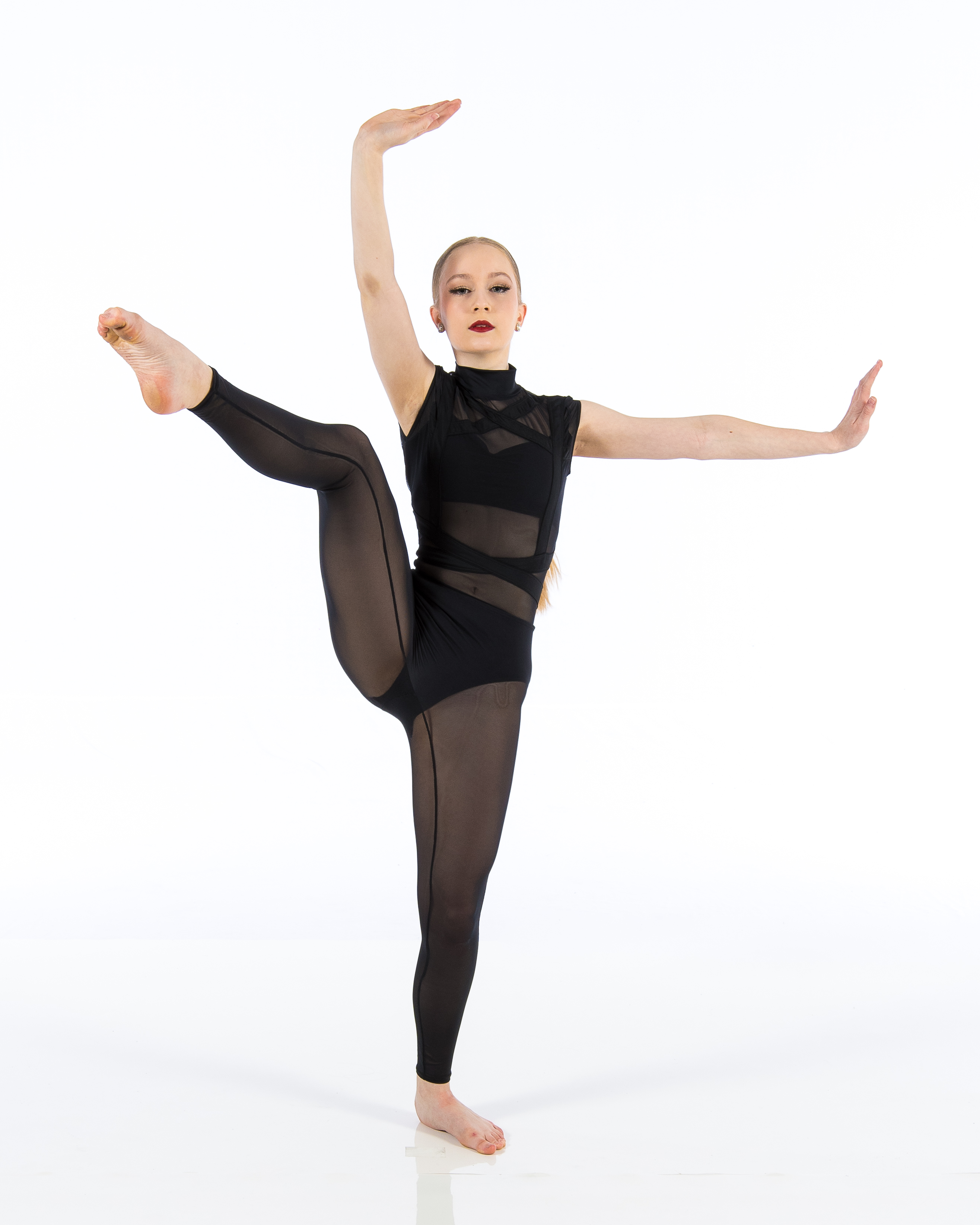Creating an inclusive dance studio environment is not just a trend; it’s a necessity for fostering creativity, growth, and community. In today's diverse world, dance studios have the unique opportunity to serve as safe spaces where individuals of all backgrounds can express themselves through movement. By embracing everyone—regardless of age, ability, ethnicity, or background—we can cultivate an atmosphere that celebrates differences while uniting dancers in their shared passion for rhythm and artistry.
Understanding Inclusion in Dance Studios
What Does Inclusivity Mean in a Dance Studio?
Inclusivity refers to the practice of ensuring that all individuals feel welcome and valued within a space. In the context of a dance studio, this means creating an environment where everyone—from seasoned professionals to absolute beginners—can participate without fear of judgment or exclusion.
Why Is Inclusion Important?
Inclusion matters because it:
- Fosters Diversity: A diverse group of dancers brings varied perspectives and styles. Encourages Creativity: When people feel safe to express themselves, creativity flourishes. Builds Community: An inclusive studio creates strong bonds among dancers.
The Benefits of an Inclusive Dance Studio
Enhanced Learning Opportunities: Dancers can learn from each other’s experiences and techniques. Improved Mental Health: A welcoming environment reduces anxiety and boosts confidence. Broader Audience Appeal: Inclusivity attracts more students, expanding the studio's reach.Creating an Inclusive Culture in Your Dance Studio
Developing Inclusive Policies and Practices
To build an inclusive dance studio environment, it's crucial to develop clear policies that promote inclusivity. Consider the following steps:
- Implement non-discrimination policies that protect against bias based on ability, ethnicity, gender identity, or age. Provide training for instructors on how to teach inclusively.
Promoting Accessibility in Dance Classes
Accessibility goes beyond physical space; it includes making classes available and accommodating various needs:
Physical Accessibility: Ensure that your studio is wheelchair accessible with ramps and appropriate flooring. Adaptive Classes: Offer classes tailored to different abilities—like seated dance sessions for individuals with mobility challenges.
Embracing Everyone: Building an Inclusive Dance Studio Environment through Teaching Methods
Adapting Teaching Styles for Diverse Learners
Different students learn in different ways; adapting teaching methods can make a world of difference:
- Use visual aids for visual learners. Incorporate verbal cues for those who grasp information through listening.
Culturally Responsive Teaching in Dance
Understanding cultural backgrounds enriches dance instruction:
- Explore various dance styles from around the world. Invite guest instructors from diverse backgrounds to share their expertise.
Creating Safe Spaces within Your Dance Studio
Establishing Trust Among Dancers
Trust is essential for fostering an inclusive atmosphere:
Encourage open communication between students and instructors. Create opportunities for dancers to share personal stories or experiences related to their dance journey.Conflict Resolution Strategies in Classrooms
Sometimes conflicts arise; having strategies in place is ballet dance crucial:
- Establish ground rules at the start of each class regarding respect and communication. Implement mediation practices when conflicts occur among students.
Engaging the Wider Community in Your Dance Studio
Partnerships with Local Organizations
Collaborating with local organizations can enhance inclusivity efforts:
- Partner with schools or community centers to offer after-school programs for underserved youth. Engage with disability organizations to provide specialized classes.
Host Community Events Focused on Inclusivity
Community events create opportunities for exposure and engagement:
Organize open houses where anyone can come try out a class free of charge. Host workshops focused on specific cultures’ dances or adaptive techniques.Marketing Your Inclusive Dance Studio Effectively
Highlighting Your Commitment to Inclusion Online
Your marketing should reflect your inclusive values:
- Use social media platforms to showcase diverse students’ success stories. Share photos capturing moments that highlight inclusion during classes.
Creating Accessible Promotional Materials
Ensure all promotional materials are accessible:
Use clear language that avoids jargon or complex terminology. Provide materials in multiple formats (e.g., Braille, large print).
Continuous Improvement Strategies in Your Dance Studio
Feedback Mechanisms for Students and Parents
Establish feedback systems that allow parents and students alike to voice their thoughts:
- Use anonymous surveys after each term or semester. Hold regular meetings where concerns can be discussed openly.
Staying Informed About Best Practices in Inclusivity
Stay updated on current trends regarding inclusiveness by engaging with professional development opportunities such as workshops or webinars focusing on diversity training within the arts sector.
FAQs about Building an Inclusive Dance Studio Environment
1. How can we ensure our dance classes are welcoming?
By implementing non-discrimination policies, offering adaptive classes, training instructors on inclusive practices, and creating open lines of communication between staff and students.
2. What types of adaptive classes should we consider?
Consider seated dance sessions, sensory-friendly classes designed for neurodivergent individuals, or age-specific offerings aimed at seniors or young children.
3. How do we handle conflict among students?
Establish clear ground rules You can find out more at the beginning of each class regarding respect; utilize mediation practices when necessary while encouraging open dialogue about any issues arising during lessons.
4. What role does marketing play in promoting inclusivity?
Marketing is crucial as it communicates your studio’s values externally—use social media effectively by showcasing diverse achievements while creating accessible promotional materials across various formats!
5. Can our studio partner with local organizations?
Absolutely! Collaborate with schools or community centers which may allow you access into underserved populations; work alongside disability organizations too!

6. How often should we collect feedback from students?
Regular feedback mechanisms should be established following every term/semester allowing both parents/students alike ample opportunity voice concerns while ensuring continuous improvement occurs within your programming!
Conclusion
In conclusion, embracing everyone by building an inclusive dance studio environment isn't just good practice—it’s essential for nurturing creativity and fostering a sense of belonging among all dancers irrespective of their backgrounds! Through dedicated efforts towards creating accessible spaces coupled with adaptive teaching methodologies alongside active engagement within local communities—dance studios have powerful potential not only change lives but also inspire future generations onward towards artistic expression! So let’s move forward together—hand-in-hand—all united under one beautiful rhythm!